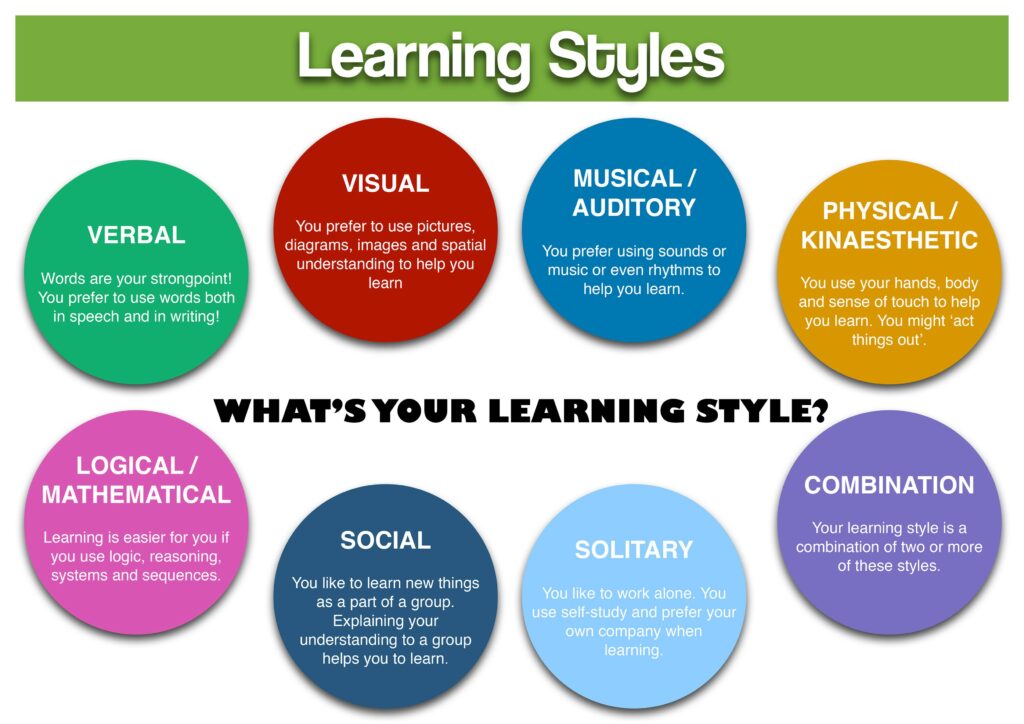
When thinking about inclusion in education, I think of a classroom that provides various learning and assessment opportunities, and a variety of points of view and voices. Having these factors in a classroom improves inclusion and encourages every learner that their learning ability and voice is significant and necessary for a successful learning environment.
According to Moore and Schnellert (2017), “teaching to diversity and inclusion is where we value the characteristics that are diverse, and not try and homogenize them” (p. 9). We can value these diverse thinkers by being polite and acknowledging the contributions of each student. The key to inclusion is showing common respect for everyone. This may seem like common sense, but can be a pitfall. It is important to acknowledge students and their opinions. My group will do this in our Interactive Learning Resource Project by providing helpful feedback on assignments and a reassuring voice and a listening ear for the students whenever they need it along the way. Additionally, learners are also more content on participating and sharing their thoughts when the environment is welcoming, kind and inclusive.
Students and teachers in a classroom should also keep the spirit of collaboration as a driving force. My group’s Interactive Learning Resource Project for example is not a 1 person show and is all about working together. Collaboration creates a common ground and allows students to bounce ideas off of each other in an authentic and inclusive work space.
In this class specifically, I am able to collaborate with other students who have similar interests as me thus, improving my attention and interest in the course. According to Chandler (2014), an approach called ‘interactive engagement pedagogy’ helps students interact frequently in small groups to grapple with concepts and questions. This is exactly what we do in EDCI as we have learning pods and the ability to reply to other students’ blog posts with common topics and ideas.

It is also important to keep in mind that there are many different types of learners such as verbal, auditory, kinesthetic, reading/writing, visual and many more. My group will keep this in mind when creating our Interactive learning resource project and also make sure that we are inclusive to:
- Colour blindness
- English language learner (ELL)
- Loss of hearing
- Single parent who is working full-time and has 2 kids in elementary school
- A person who does not have access to a computer at home, but has a mobile phone with a data plan
Our project is still in the process of being completed but we plan on implementing videos, powerpoint slides, articles, group work, etc so we can create a positive and inclusive learning environment.
Community Contributions
This week I read blog posts written by Kyla and James.
References
L. Chandler, D. (2014). Study: Online classes really do work. MIT News | Massachusetts Institute of Technology. Retrieved from https://news.mit.edu/2014/study-shows-online-courses-efective-0924.
Moore, S., & Schnellert, L. (2017). Introduction. In One without the other: Stories of unity through diversity and inclusion (Vol. 1, Ser. Reimagining Inclusion: The ONE Series, pp. 6–10). essay, Portage & Main Press.
Hi Alison,
Great blog post! I agree that showing common respect to everyone is an integral part of an inclusive learning environment. As you stated, even though it seems so obvious, I think educators need to put cognitive effort to ensure common respect is shown in their learning resources. Looking forward to seeing your group’s learning resource!